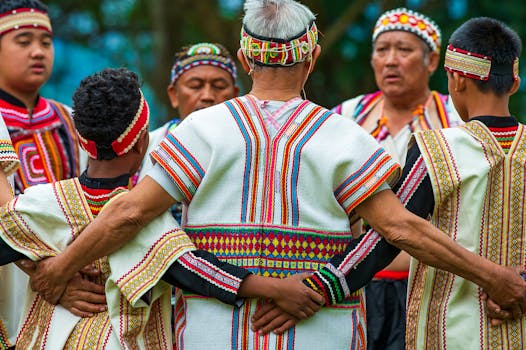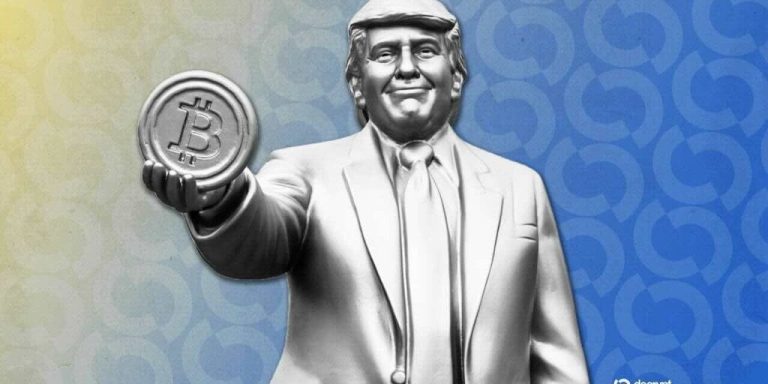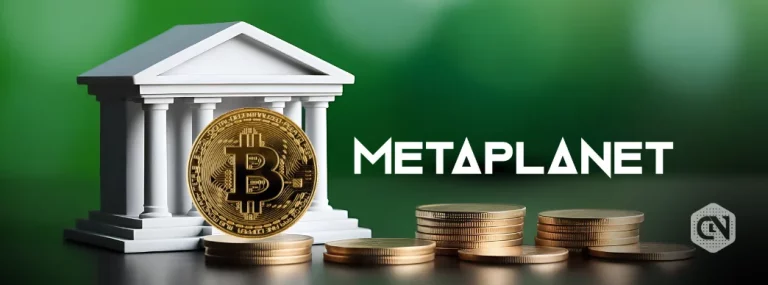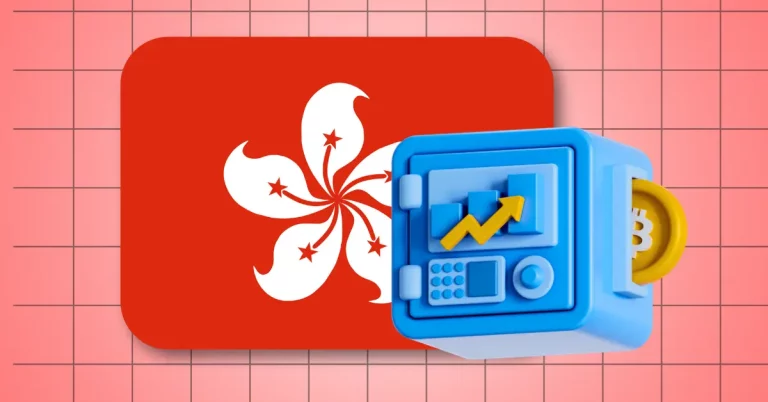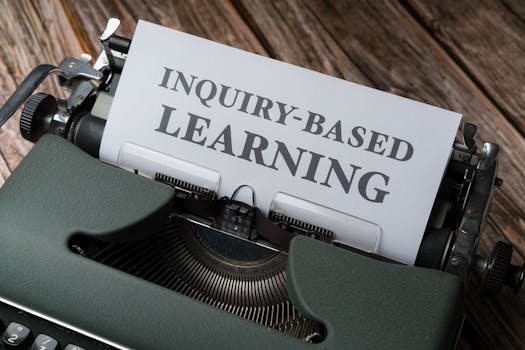
Preserving Endangered Languages: A Crucial Step for Cultural Heritage
Takeaways:
- Endangered languages are at risk of extinction, often taking cultural heritage with them.
- Community engagement and education play vital roles in language preservation.
- Preserving linguistic diversity enriches global culture and fosters understanding.
In today’s globalized world, the preservation of endangered languages has become more crucial than ever. Many languages are at risk of disappearing, taking with them unique cultures, traditions, and knowledge systems. This article delves into the importance of safeguarding these languages, the cultural heritage they embody, and the steps we can take to ensure their survival.
The Importance of Endangered Languages
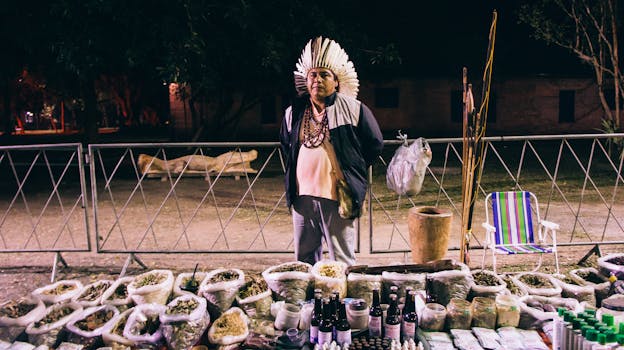
Endangered languages often belong to indigenous communities, whose cultural practices, stories, and rituals are intricately tied to their linguistic heritage. For example, the loss of a language can lead to the erosion of traditional ecological knowledge, which is crucial for sustainable environmental practices. Furthermore, language shapes our perception of reality, influencing how we think and interact with the world around us.
Preserving endangered languages not only protects the cultural identity of these communities but also enriches global cultural diversity. Each language offers a unique perspective on humanity, contributing to a more comprehensive understanding of our shared existence. When we preserve linguistic diversity, we foster tolerance, respect, and appreciation among different cultures.
Methods for Language Preservation
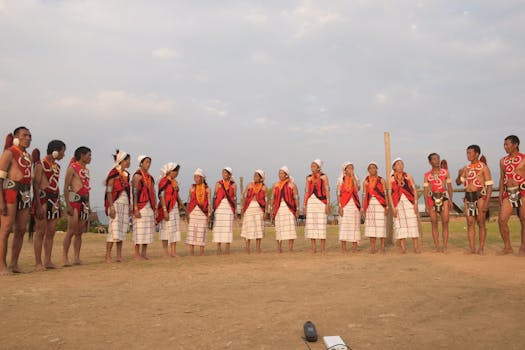
Community Engagement
Community involvement is paramount in language preservation efforts. Local speakers must lead initiatives, ensuring that the language remains relevant in everyday life. This can include organizing language classes, cultural events, and storytelling sessions that celebrate the language and its heritage.
Education and Curriculum Development
Integrating endangered languages into educational systems can help revitalize them. Schools can offer bilingual education programs, where students learn in both their native language and the dominant language. This not only helps younger generations acquire the language but also instills pride in their cultural heritage.
Digital Preservation
Technology plays a pivotal role in modern language preservation. Digital tools can be used to document languages through audio recordings, video materials, and online resources. Platforms like social media can facilitate language practice and community building among speakers, regardless of geographic barriers.
Collaborative Partnerships
Collaborating with universities, NGOs, and government bodies can amplify preservation efforts. These partnerships can provide resources, funding, and expertise to support language revitalization projects. Additionally, academic research can help document endangered languages, contributing to their preservation.
Conclusion
